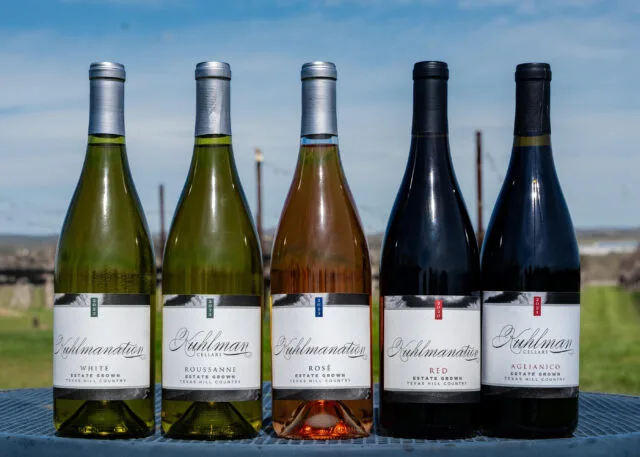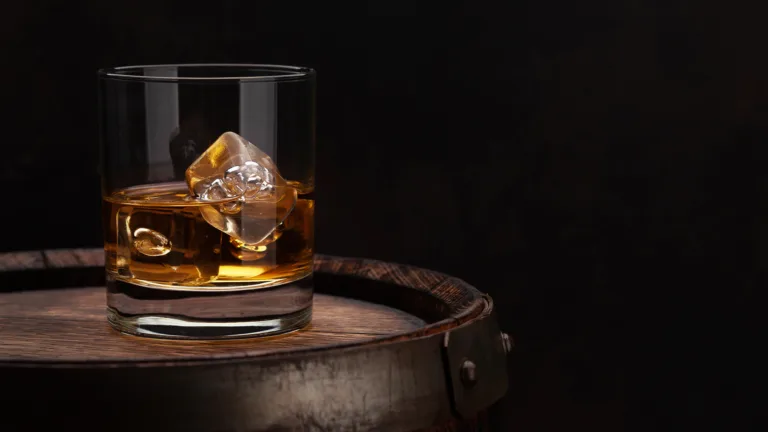The transformation of top Burgundy into an investment vehicle is all but complete. But there’s hope for savvy drinkers yet, says Roy Richards.
Wine is a drink. There is nothing particularly controversial about that statement, but one might be forgiven for believing that in today’s world it has become a financial instrument. Nowhere is this more glaringly prevalent than in Burgundy, for so long largely and thankfully ignored by an investment sector more at ease with classed-growth claret and Vintage Port. What has changed?
The first explanation is a global phenomenon; the Internet and social media have facilitated access to and information about wines available in such small quantities that the establishment and operation of a market for them was hitherto impossible. The second explanation is more specific, a turning point: With the release of the 2010 Bordeaux vintage into an Asian market flushed with the added value of the previous vintage, the Bordelais made a misjudgment, allowing their greed to overrule their market intelligence. There was no room for growth and profit—indeed, quite the reverse. Disillusioned, that Asian market switched, albeit slowly, to the smaller volumes—and hence rarer wines—of Burgundy with, sadly, catastrophic results for the traditional Burgundy drinker, as is evidenced by current inflationary prices. Over the years, some of the leading estates have tried to deny and inhibit the monetization of their wines, by making gray-market trading more commercially risky for those caught out, naming the primary importer on the label, numbering the bottles, and so
This Article was originally published on World of Fine Wine






